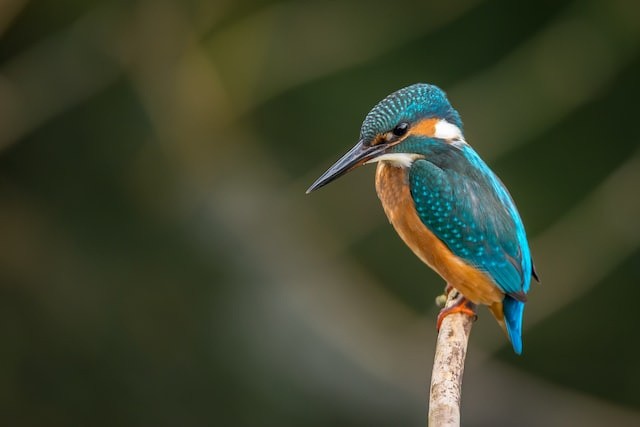While some animal species migrate in accordance with their migratory instinct, others are confused by the glow of cities and wander off course, where a great number meet their demise.
According to a recent study, there are still many areas where we don't fully understand how light pollution affects animals that are migrating.
Animal migration due to light pollution

The team behind the study, which consists of ecologists and political scientists from Colorado State University and the University of Oklahoma, came to the conclusion that more information is required to help protect migratory animals.
Trends in Ecology & Evolution is where their study was published, as per Phys.Org.
More research must be done on all species, but especially species other than birds, which predominate the existing research, according to scientists who reviewed studies on light pollution and animal migration over five years ago.
Bats, butterflies, moths, and grasshoppers are just a few of the creatures that are harmed by light pollution.
Light pollution had an impact on every migratory animal that had been researched to date.
Birds that are thrown off course run the risk of colliding fatally with buildings, especially those that have a lot of large windows.
However, researchers are still unsure of the underlying mechanisms that disrupt typical migration patterns.
According to Jeff Kelly, a co-author of the study, social science is a crucial component of this research.
He asserted that the community partners of the team are prepared to take action and that survey results will provide guidance on how to proceed in order to implement positive change.
How does light pollute the environment?
Light pollution, also known as inappropriate or excessive use of artificial light, can have negative environmental effects on people, wildlife, and our climate, as per International Dark-sky Association.
As a result of industrial civilization, light pollution occurs.
Its sources include streetlights, illuminated sporting venues, office buildings, commercial real estate, interior and exterior building lighting, and advertising.
It is a known fact that a large portion of outdoor lighting used at night is ineffective, excessively bright, poorly directed, improperly shielded, and, in many instances, completely unnecessary.
By illuminating the sky instead of the actual things and places that people want to be illuminated, this light and the electricity used to produce it are being discarded.
Light pollution affects animal circadian rhythm
The importance of circadian rhythms extends beyond humans. Animal behaviors like sleeping, reproducing, migrating, and hunting are also influenced by light, Let's talk science.
Many bird species find migration challenging due to light pollution.
But its view of the starry night sky is obscured by light from high buildings and outdoor advertisements.
This indicated that fewer birds will make it to their breeding grounds or winter feeding grounds.
Reduction to light pollution
It is possible to prevent light pollution, and there are many things you can do to lessen your impact.
You can aid in lessening the effect on your neighborhood.
In the beginning, you can close the curtains or turn off your lights at night. Glare outside can be caused by indoor lighting. Shielding light fixtures can help reduce glare from outdoor lighting.
Related Article: Light Pollution: How It Makes Animals Feel, What to Do
© 2025 NatureWorldNews.com All rights reserved. Do not reproduce without permission.





